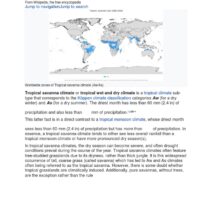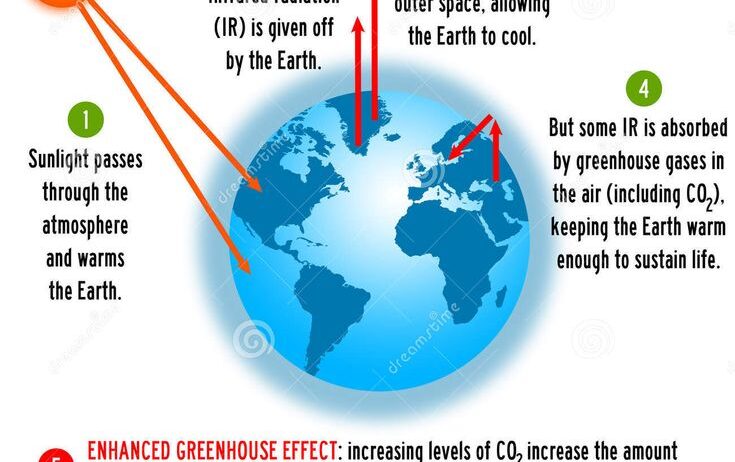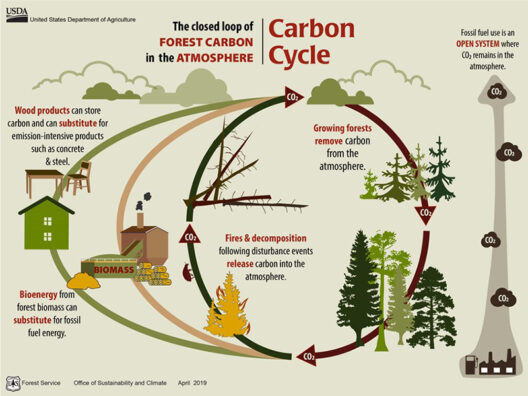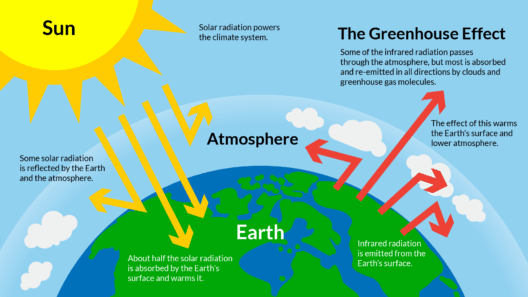What’s the Greenhouse Effect Weegy? A Quick Explanation of the Greenhouse Effect and Its Importance
Imagine you’re lounging in a glasshouse, the sunlight streaming through the transparent walls, warming your surroundings. Now, consider that this is not just a matter of comfort; it’s a phenomenon that plays an essential role in the global climate system. This scenario leads us to an intriguing concept: the greenhouse effect. So, what exactly does the greenhouse effect entail, and more importantly, why is it vital for our planet’s health? Let’s delve into this intricate mechanism and its profound implications.
The Basics of the Greenhouse Effect
At its core, the greenhouse effect is a natural process that warms the Earth’s surface. It begins with the Sun, which emits energy in the form of sunlight. When this energy reaches Earth, a portion is absorbed by the surface, while the remainder is reflected back into space. The absorbed energy warms the planet, creating a hospitable environment for life.
However, the Earth is not an isolated system. The energy that warms the planet doesn’t simply vanish into the cosmos. Instead, it radiates back into the atmosphere as infrared radiation. This is where greenhouse gases—such as carbon dioxide (CO2), methane (CH4), and nitrous oxide (N2O)—come into play. These gases act like a thermal blanket, trapping heat within the atmosphere and preventing it from escaping back into space.
Without the greenhouse effect, Earth would be an inhospitable, frigid wasteland, with average temperatures plummeting to around -18 degrees Celsius (0 degrees Fahrenheit). The greenhouse effect, therefore, is a double-edged sword; while it is crucial for making our planet habitable, an excess of these gases can lead to dire consequences.
The Importance of Greenhouse Gases
Greenhouse gases play a pivotal role in maintaining life on Earth. They are the custodians of our climate, regulating temperatures that sustain ecosystems and agriculture. Plants rely on a delicate balance of sunlight and heat to thrive, and animals, including humans, require a stable climate to flourish.
However, the very gases that provide balance are now contributing to an imbalance. Human activities, particularly the combustion of fossil fuels and deforestation, have significantly increased the concentration of greenhouse gases in the atmosphere. This surge has led to a gradual but alarming rise in global temperatures—commonly referred to as global warming.
Of course, you may be wondering: what’s the big deal? Well, the repercussions of increased temperatures are profound. They encompass more frequent and intense weather events, such as hurricanes, floods, and droughts. Additionally, rising temperatures affect natural ecosystems, leading to habitat loss, species extinction, and disruptions in food chains.
The Climate Change Conundrum
Climate change, largely driven by greenhouse gas emissions originating from human activities, presents a formidable challenge for our time. This phenomenon is not a distant threat; its effects are being felt now. Sea levels are rising, polar ice caps are melting, and ecosystems are being irrevocably altered.
The consequences span across continents, affecting agriculture, water supplies, and public health. On the agricultural front, altered precipitation patterns and increased pest incursions jeopardize crop yields, threatening food security. Water scarcity, exacerbated by changing weather patterns, is becoming a critical issue for millions worldwide.
Moreover, as temperatures rise, health risks intensify. Heat-related illnesses become more common, while vector-borne diseases spread as warmer climates expand the habitats of disease-carrying organisms. The interconnectedness of these challenges illustrates the need for immediate and robust action to mitigate climate change.
Addressing the Challenge
As we confront the greenhouse effect and its ramifications, the question arises: what can we do to address this pressing challenge? There is much to be done, but awareness is the first step. Education is vital in understanding both the science behind the greenhouse effect and the urgency of mitigating its impact.
Transitioning to renewable energy sources, such as solar and wind, can significantly reduce our reliance on fossil fuels. Improvements in energy efficiency also play a crucial role. From residential homes to automotive technologies, adopting sustainable practices can drastically lower emissions and lessen our carbon footprint.
Moreover, reforestation and afforestation are indispensable strategies. Trees act as natural carbon sinks, absorbing CO2 from the atmosphere and sequestering it in their biomass. Encouraging sustainable land use and protecting existing forests should be a priority for governments and individuals alike.
Collective action is paramount. Grassroots movements, policy advocacy, and international cooperation can push for systemic change. Policies aimed at regulating emissions, promoting green technology, and fostering sustainability can make a significant difference in combating climate change and ensuring a stable climate for future generations.
In conclusion, the greenhouse effect is an essential component of Earth’s climate system, shaping everything from weather patterns to ecosystems. However, an excess of greenhouse gases poses a grave challenge, ultimately leading to climate change that threatens the very fabric of life. By understanding this phenomenon and taking decisive action, we can protect our planet and secure a sustainable future.








